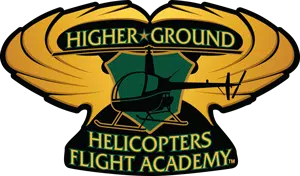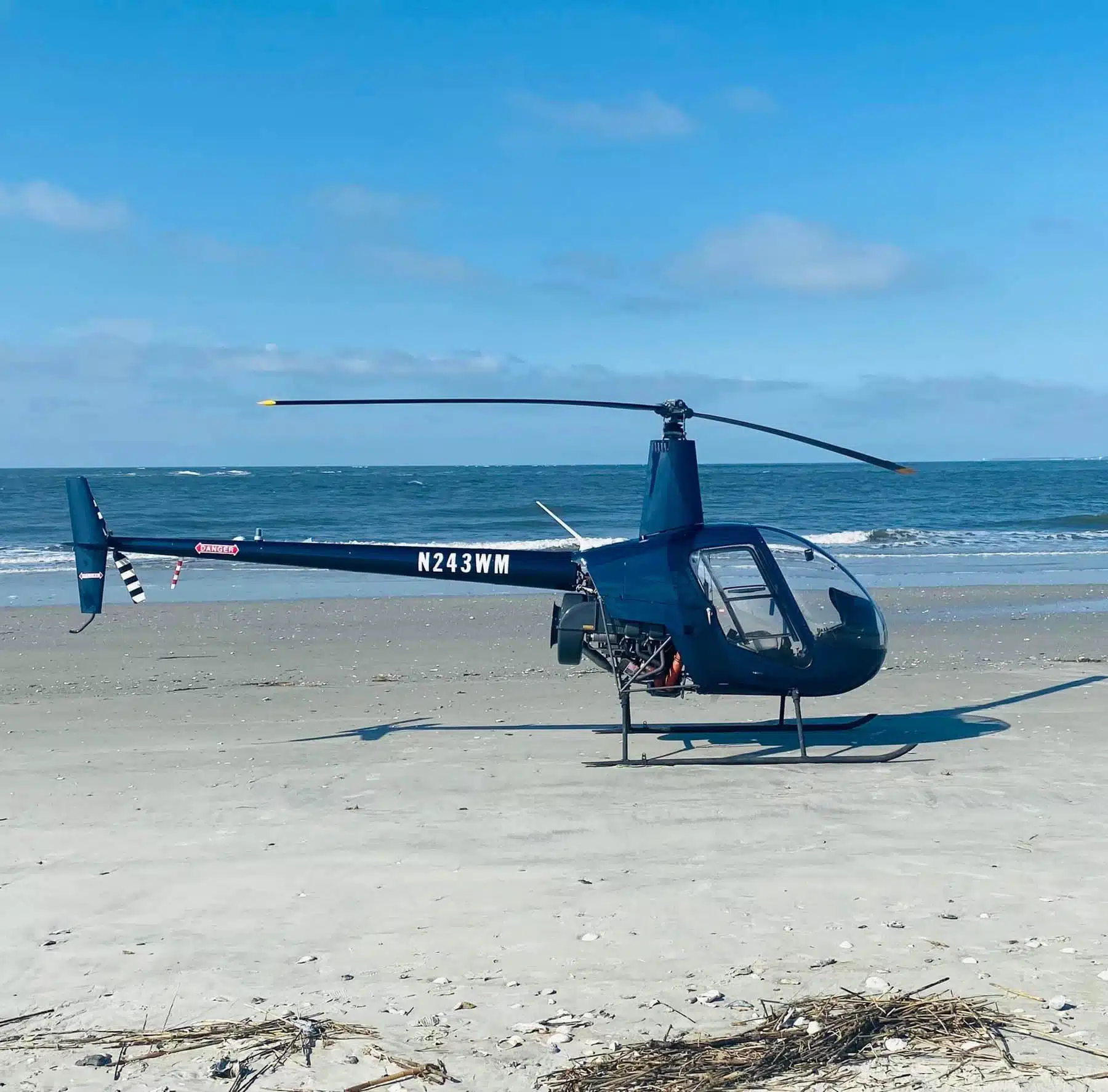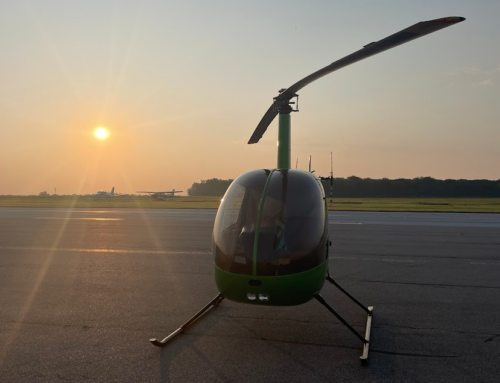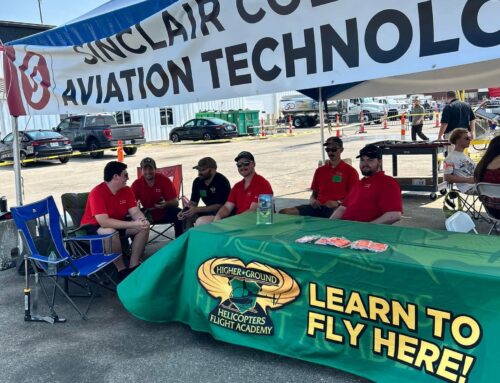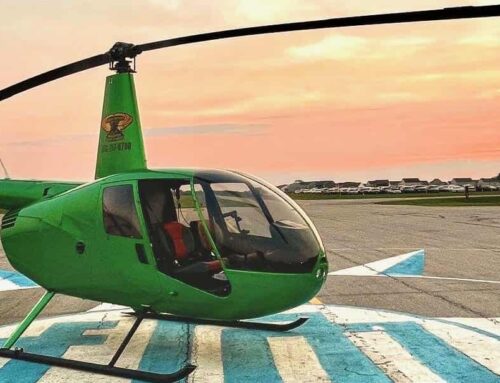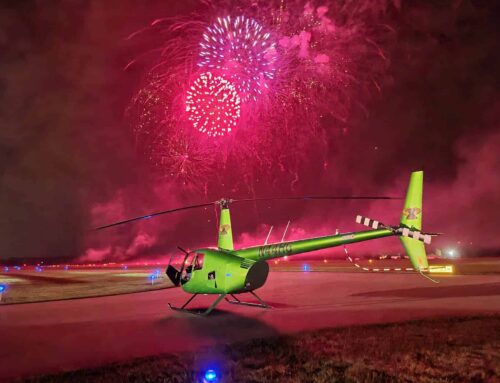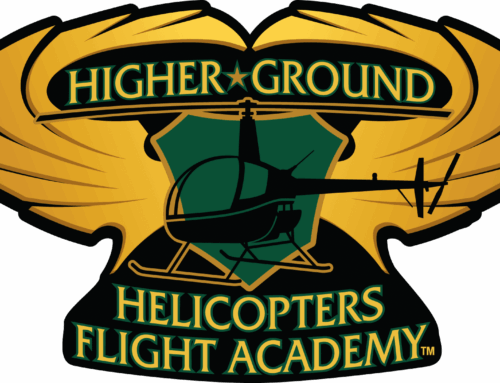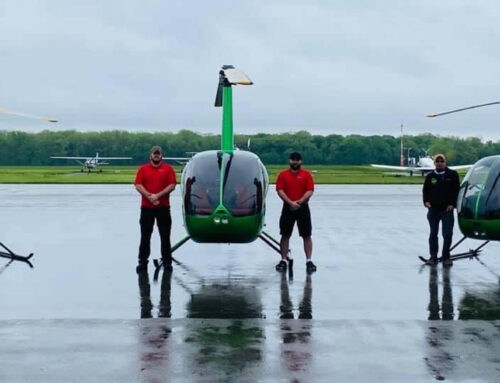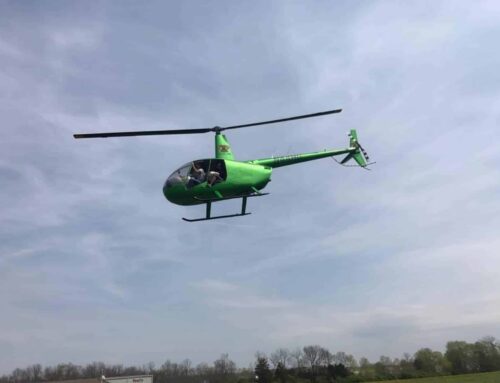You might have seen helicopters in the sky at some point and wondered, “How do helicopters work?” and what exactly they were up to. Were they flying some tourists around so they could get an overview of the city, or was it a celebrity zooming off to their next appointment? It could even have been traffic reporters trying to get a handle on the latest congestion.
The reason why helicopters are used in such a variety of ways is that they are among the most versatile flying machines ever created. Unlike fixed-wing aircraft, they can take off and land vertically, hover in place, and fly in any direction, including sideways and backward.
These capabilities make helicopters invaluable for rescue operations, military missions, news coverage, medical evacuations, firefighter and cargo transport, and more.
To understand how helicopters work, we need to explore the aerodynamics, mechanical systems, and pilot controls that allow them to defy gravity and maneuver in ways that airplanes cannot. Whether you’re an aviation enthusiast or simply curious about the marvel of rotary flight, this guide will walk you through the core science behind how helicopters fly.
How Do Helicopters Work? – Helicopter Flight Basics
At the heart of helicopter flight is the rotor system. This is a set of rotating blades that act as spinning wings. While airplanes achieve lift through the forward motion of fixed wings, helicopters generate lift by spinning their rotors.
There are two primary types of rotors:
- Main Rotor: The large rotor on top of the helicopter that provides lift and thrust.
- Tail Rotor: A smaller rotor mounted on the tail that counters torque and provides directional control.
These components work together to enable the helicopter’s vertical lift, forward motion, and agile maneuverability.
Aerodynamics of Helicopters – The Four Forces of Flight
Just like airplanes, helicopters rely on four fundamental forces:
- Lift: The upward force that opposes gravity.
- Weight (Gravity): The downward force due to the helicopter’s mass.
- Thrust: The forward (or directional) force that moves the helicopter.
- Drag: The air resistance that opposes motion.
In a helicopter, lift and thrust are generated by the main rotor, not by engines pushing the vehicle forward like in planes. The rotating blades cut through the air, creating differential pressure above and below the blades. This difference in pressure produces lift.
How Rotors Generate Lift
Each rotor blade is shaped like an airfoil (similar to an airplane wing), with a curved top surface and a flatter bottom surface. When a blade spins, air moves faster over the top than the bottom, reducing pressure on the top side. This creates an upward force-lift.
Because the rotors are constantly spinning, lift is continuously generated as long as the engine powers the system. The faster the rotor spins or the greater the angle of attack (the angle between the blade and the oncoming air), the more lift is produced.
This is controlled by the collective pitch control, which adjusts the angle of all rotor blades simultaneously.
Helicopter Engineering: Collective, Cyclic, and Pedals
Helicopter pilots use three primary controls to maneuver the aircraft:
Collective Pitch Control
- Located to the pilot’s left side.
- Changes the pitch (angle) of all main rotor blades at the same time.
- Raising the collective increases blade angle and lift, causing the helicopter to ascend.
- Lowering it decreases lift, allowing the helicopter to descend.
Cyclic Pitch Control (The “Stick”)
- Located in front of the pilot, like a joystick.
- Changes the pitch of each rotor blade individually during rotation.
- This tilts the rotor disk in a specific direction (forward, backward, left, or right), moving the helicopter accordingly.
- Push the cyclic forward to move forward, left to move left, and so on.
Anti-Torque Pedals (Tail Rotor Control)
- Located on the floor, similar to rudder pedals in airplanes.
- Control the tail rotor, which counters the torque produced by the main rotor.
- Pressing the pedals changes the thrust of the tail rotor, causing the helicopter’s nose to yaw left or right.
Together, these controls allow the pilot to lift off vertically, hover in place, rotate, and move in any direction.
Hovering: A Unique Ability
One of a helicopter’s most impressive abilities is hovering, that is, remaining stationary in midair. This requires precise balancing of the four forces of flight.The main rotor generates just enough lift to counteract weight, while the cyclic control keeps the aircraft level and steady.
Hovering demands constant adjustments. Wind, turbulence, and slight balance changes can destabilize the helicopter, so pilots must make continuous, small corrections using all three controls. Mastering the hover is one of the most challenging aspects of helicopter flight training.
Helicopter Flight Dynamics: What Powers a Helicopter?
Helicopters are powered by engines that drive the main and tail rotors. There are two common types:
Piston Engines
- Used in small, light helicopters like the Robinson R22.
- Operate similarly to car engines.
- More affordable and simpler, but less powerful.
Turboshaft Engines (Gas Turbines)
- Used in larger, high-performance helicopters.
- Provide much more power for heavy lifting and advanced maneuvering.
- Found in military, rescue, and transport helicopters.
The engine’s power is transmitted to the rotors via a transmission system, including a gearbox that reduces the engine’s RPM to an appropriate level for rotor blades. This balance is crucial for stable and efficient flight.
Helicopter Rotor Mechanics
When the main rotor spins, it creates torque, a force that would cause the entire helicopter body to spin in the opposite direction. To counter this, helicopters use a tail rotor.
The tail rotor:
- Pushes sideways to counteract the main rotor’s torque.
- Allows for yaw control (turning left and right).
- Is controlled using foot pedals.
Some helicopters use alternative designs like NOTAR (No Tail Rotor), which uses air jets for anti-torque, or coaxial rotors, where two main rotors spin in opposite directions to cancel out torque naturally.
Autorotation: Safe Landings Without Engine Power
One of the most fascinating safety features of helicopters is autorotation. If the engine fails, the pilot can still land safely using this aerodynamic principle.
During autorotation:
- The main rotor blades continue to spin due to upward airflow as the helicopter descends.
- The pilot lowers the collective, reducing blade pitch and allowing the air to keep the blades turning.
- This stored rotational energy is used to slow descent and cushion the landing.
Proper training in autorotation is essential and part of every helicopter pilot’s certification.
Advanced Helicopter Designs
Modern helicopters are highly specialized and vary greatly depending on their mission. Some advanced configurations include:
- Coaxial Rotors: Two main rotors mounted one above the other, spinning in opposite directions (e.g., Russian Kamov helicopters).
- Tandem Rotors: Two large rotors on the front and back of the aircraft, like the CH-47 Chinook. Ideal for heavy lifting.
- Tiltrotors: Aircraft like the V-22 Osprey have rotors that tilt between vertical and horizontal, combining helicopter and airplane capabilities.
- Electric Helicopters: Emerging technology powered by batteries or hybrid systems for quieter, cleaner flight.
Each design brings unique advantages in lift, speed, efficiency, and control.
Everyday Uses of Helicopters
Thanks to their agility and adaptability, helicopters are used in a wide variety of roles:
- Emergency Medical Services (EMS): Transporting patients quickly to hospitals.
- Search and Rescue: Reaching inaccessible areas in disasters.
- Law Enforcement: Patrolling cities, tracking suspects, and managing traffic.
- Military: Troop transport, attack missions, and reconnaissance.
- News and Film: Aerial footage and live event coverage.
- Tourism and Agriculture: Sightseeing tours and crop spraying.
- Firefighting Operations: Water and retardant drops, personnel and equipment transport, reconnaissance, and search and rescue.
These roles highlight how helicopters have become essential tools across industries and communities. As helicopter technology develops, the uses will expand as well.
Fuel Efficiency
One of the few disadvantages of using a helicopter vs an airplane for longer flights is that a helicopter is much less fuel-efficient. It requires more fuel to generate lift and maintain flight (especially for long distances or high speeds) in a helicopter vs an airplane. But of course, an airplane can’t just land anywhere and needs a significant runway to take off and land, which is not necessary for a helicopter.
Both a helicopter and an airplane have their place in the aerodynamics world, and each has its uses that cannot be negated. Interestingly enough, learning how to fly an airplane is easier than learning how to fly a helicopter. That’s why you need to have the best helicopter training at hand to ensure you pass the exams and enter the helicopter industry.
Helicopter Engineering – Now You Know the Basics
How do helicopters work? Now that you know a bit of an answer to this question, are you feeling intrigued and interested in going further?
At Higher Ground Helicopters, we are ready to provide you with the highest standard in helicopter flight training in Cincinnati, Ohio. We are Ohio’s only FAA-approved 141 Helicopter flight training facility, and we accept VA Disability Benefits and the GI Bill®.
We are based out of Wright Brothers Airport KMGY, Miamisburg, Ohio, and offer classes in the evenings from 6:00 PM to 9:00 PM or 7:00 PM to 10:00 PM two to three nights a week. This way, you can still get helicopter training even if you are a full-time professional.
Contact our school to learn more about fees and class schedules.
